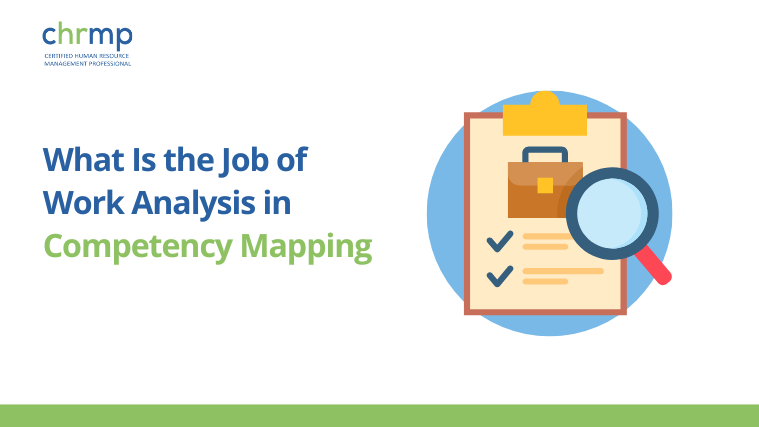

In today’s dynamic business landscape, organizations are increasingly moving away from traditional role-based structures and embracing a more fluid approach to talent management. As businesses focus more on skills and capabilities, the need to identify and map the right competencies to drive performance has never been more critical.
However, this process begins with an essential first step: Work Analysis. Without a thorough understanding of the job itself, competency mapping can quickly devolve into an abstract exercise with little relevance to organizational success.
This blog delves into the critical role of work analysis in competency mapping and how it acts as the cornerstone of developing accurate, actionable competency frameworks.
At its core, work analysis is the systematic study of a job to identify the core functions, skills, and behaviors required for effective performance. It goes beyond simply listing duties; work analysis provides deep insights into how a job operates within the broader context of the organization’s goals.
Work analysis typically addresses:
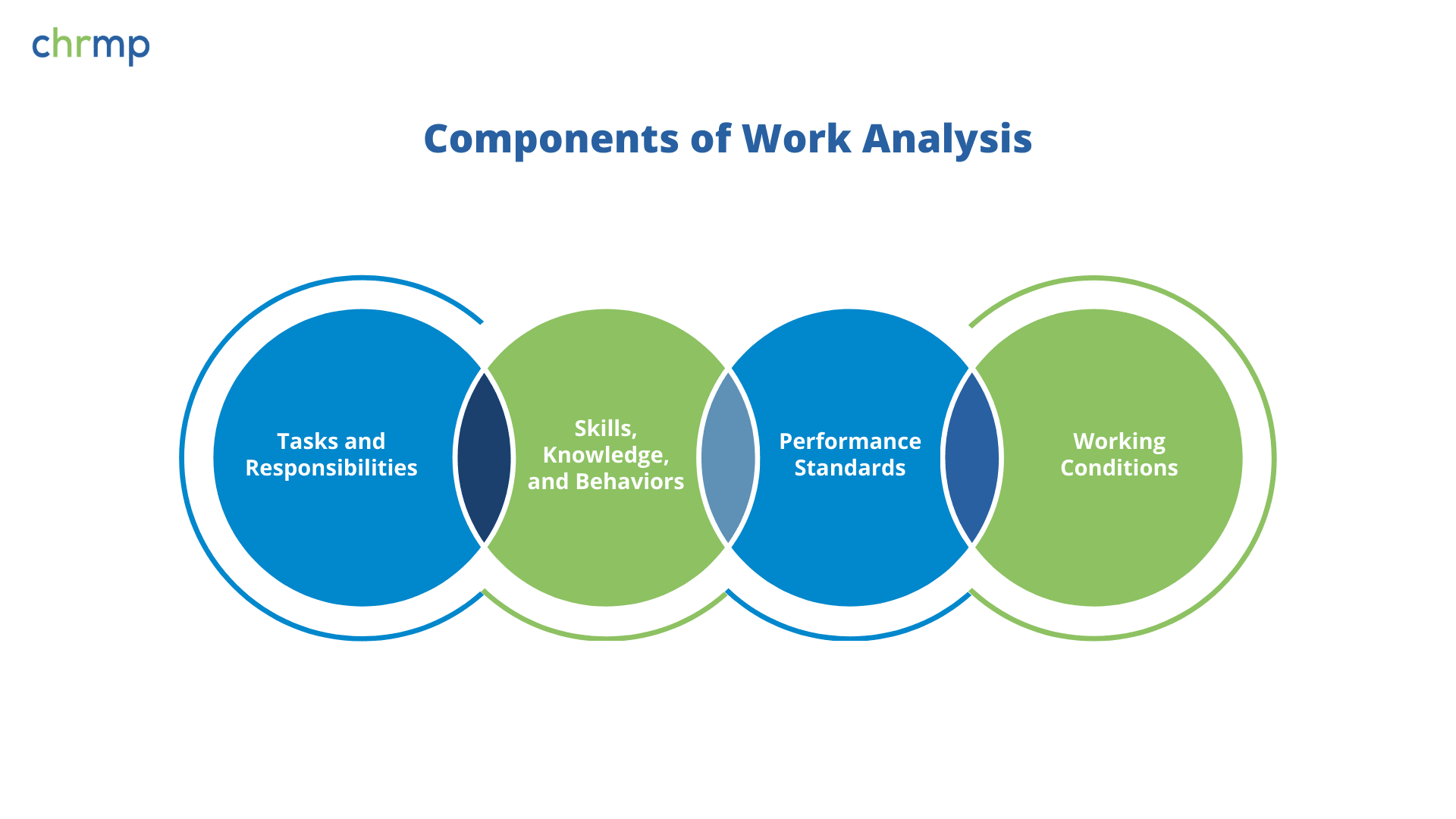
While often seen as a fundamental HR job analysis tool, work analysis serves multiple purposes across recruitment, performance management, and employee development. It is a foundational step in ensuring that your talent management and competencies are aligned with both the current needs and future direction of the business.
Competency mapping is a process that identifies the key competencies—skills, knowledge, abilities, and behaviors—that are necessary for superior job performance. Competency mapping plays a central role in talent management by providing a clear understanding of the competencies required for individuals to excel in their roles.
Think of it as creating a blueprint of the essential qualities needed for effective performance across different roles within a company.
Competencies are often categorized into three broad groups:
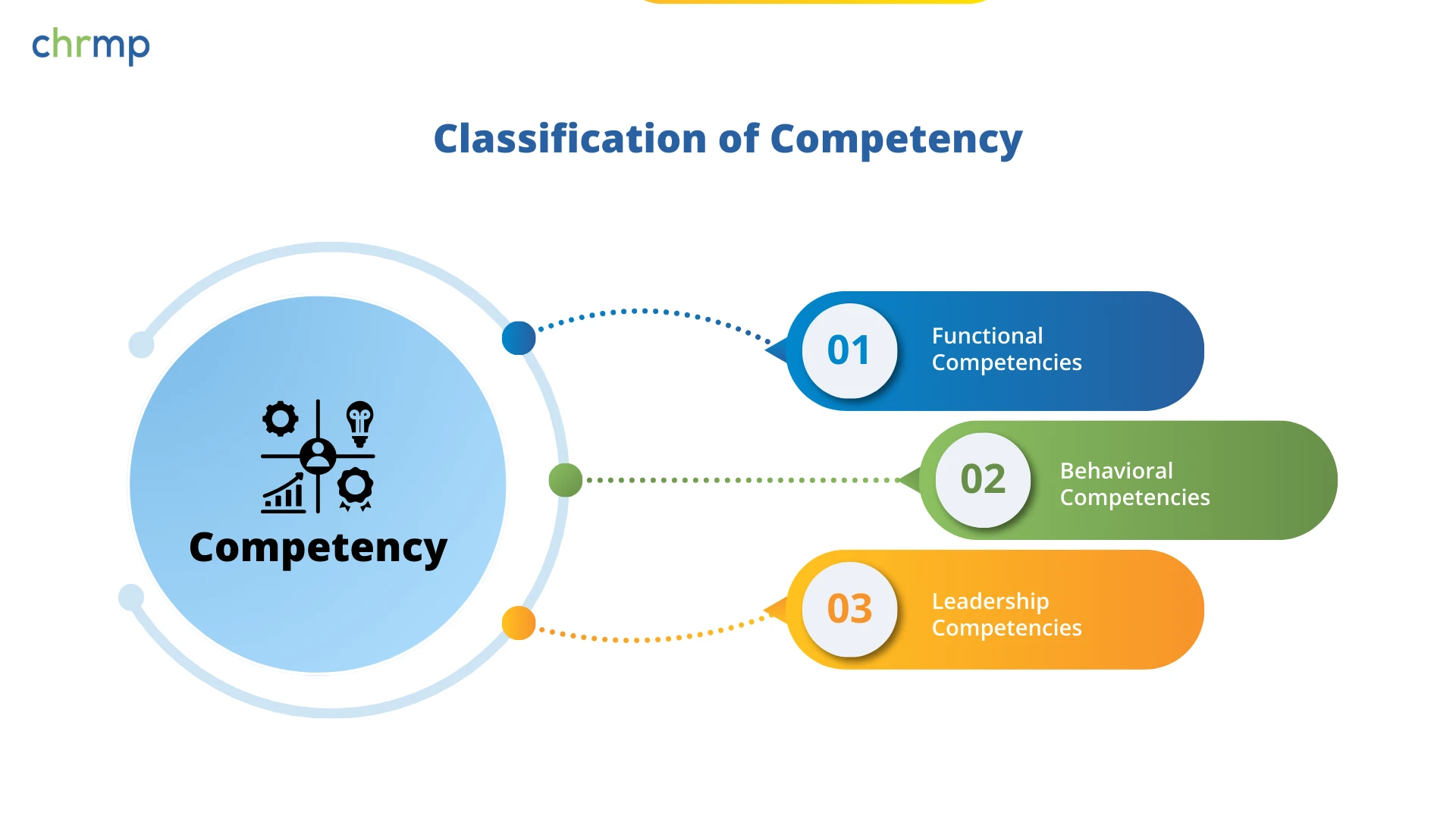
For example, a software developer may need programming languages and software design expertise to perform their job effectively.
For example, a project manager needs to communicate the project’s goals, deadlines, and deliverables to team members and stakeholders. Similarly, a customer service representative needs to explain solutions clearly and professionally to customers.
For example, a CEO might have to decide whether to invest in a new product line or focus resources on improving existing products based on market analysis and financial data.
Competency mapping goes beyond simply listing job duties. It focuses on the underlying capabilities that enable individuals to perform those duties effectively and contribute to the organization’s success.
Here’s a breakdown of what competency mapping entails:
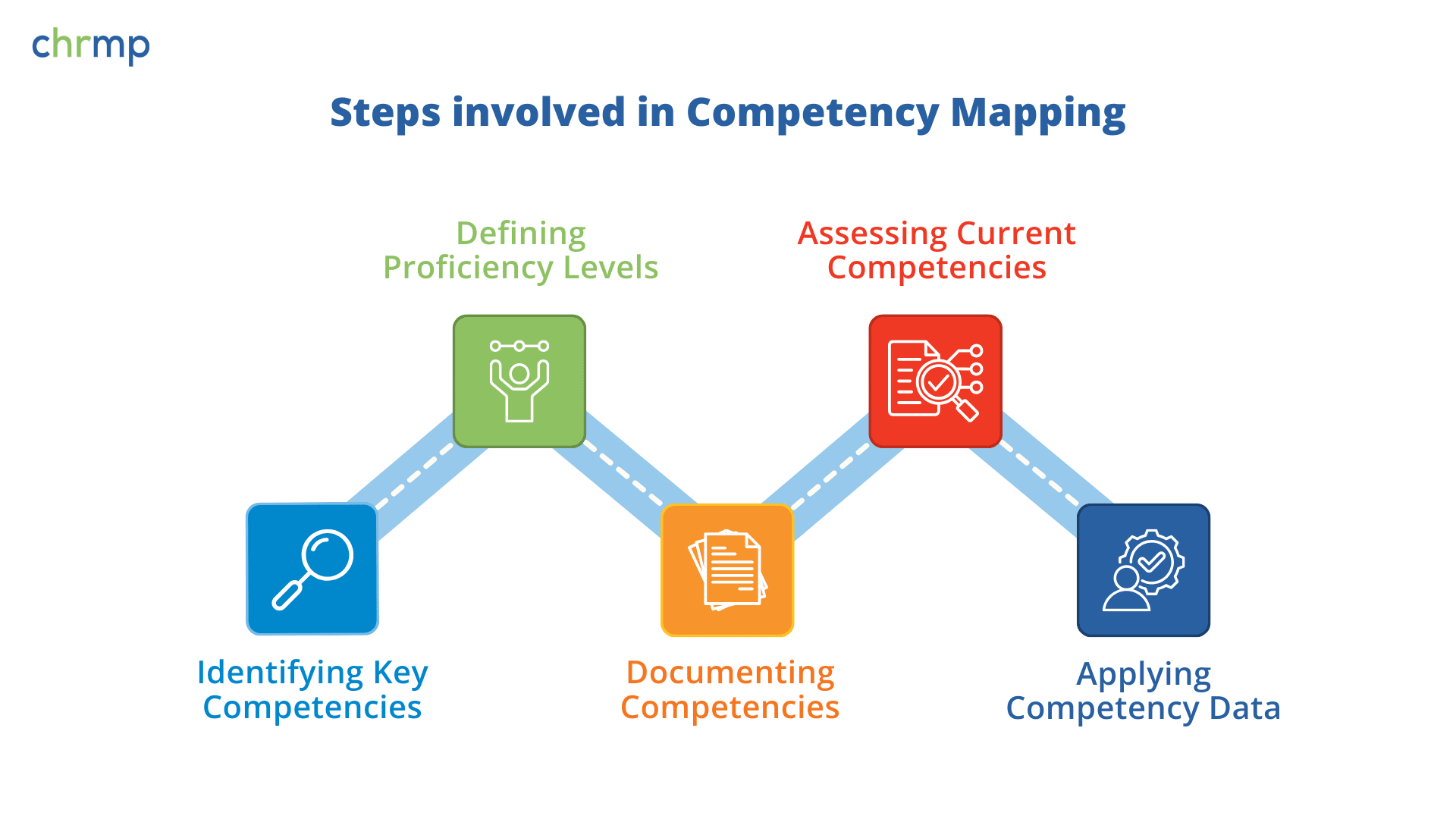
While competency mapping is essential for understanding the capabilities needed for superior job performance, it is only effective when based on a clear understanding of the job itself. This is where work analysis plays a critical role. Work analysis helps HR professionals identify the tasks and responsibilities associated with a job, which forms the foundation for mapping the competencies required to perform those tasks successfully.
Let’s break down the specific roles that work analysis plays in the competency mapping process:
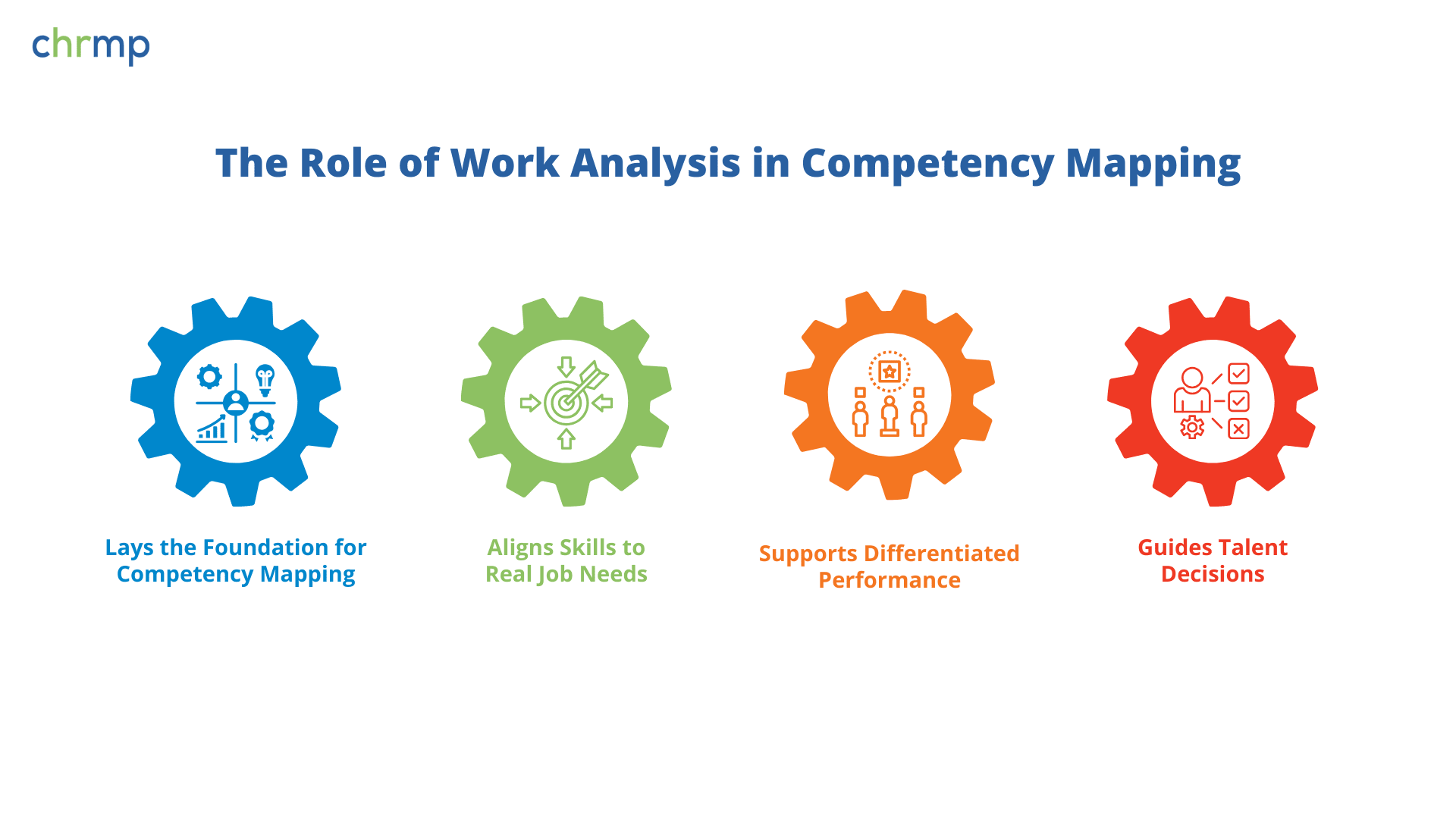
Work analysis is the first step in developing a competency framework. Without a deep understanding of the job’s requirements, the competencies mapped for that job could be irrelevant or unrealistic. Work analysis ensures that the competencies identified are aligned with the real, day-to-day tasks and responsibilities of the role. It provides clarity by identifying the exact skills, knowledge, and behaviors needed to perform those tasks effectively.
For instance, consider the role of a software developer. Through work analysis, HR can identify the technical tasks involved, such as coding, debugging, and software design. With this clarity, HR can then map competencies such as programming languages, problem-solving, and collaboration skills, ensuring that the competencies align with the actual work being done.
Work analysis ensures that the competencies mapped are closely aligned with the actual needs of the job. This alignment helps avoid the gap between theoretical competencies and practical job requirements. By conducting a thorough job analysis, HR professionals can ensure that the competencies defined are truly relevant and applicable to the role, rather than being based on assumptions or outdated descriptions of the job.
For example, if a salesperson’s role involves extensive client relationship management, competency mapping must include competencies like negotiation skills, client communication, and product knowledge. Competencies related to teamwork and collaboration might also be important, depending on the organization’s culture.
Effective work analysis helps identify both threshold competencies (the minimum level of competence required for a job) and differentiating competencies (those that set top performers apart).
For example, in a sales role, a baseline competency might be product knowledge, while a differentiating competency could be relationship-building or strategic thinking. By distinguishing between these, HR professionals can focus on nurturing the differentiating competencies that truly drive high performance within the organization.
Work analysis helps HR professionals identify the competencies that truly differentiate top performers and allow them to develop clear performance metrics for assessing excellence in the role.
Once competencies are clearly aligned with job requirements through work analysis, HR can make more informed decisions regarding recruitment, training, promotions, and succession planning. Work analysis ensures that HR decisions are based on objective, data-driven insights rather than assumptions or biases.
For instance, when hiring for a particular role, HR can use the competencies identified through work analysis to evaluate candidates’ suitability for the job. In the same vein, training and development programs can be designed to bridge gaps in competencies and help employees grow in areas that will contribute to their success in the role.
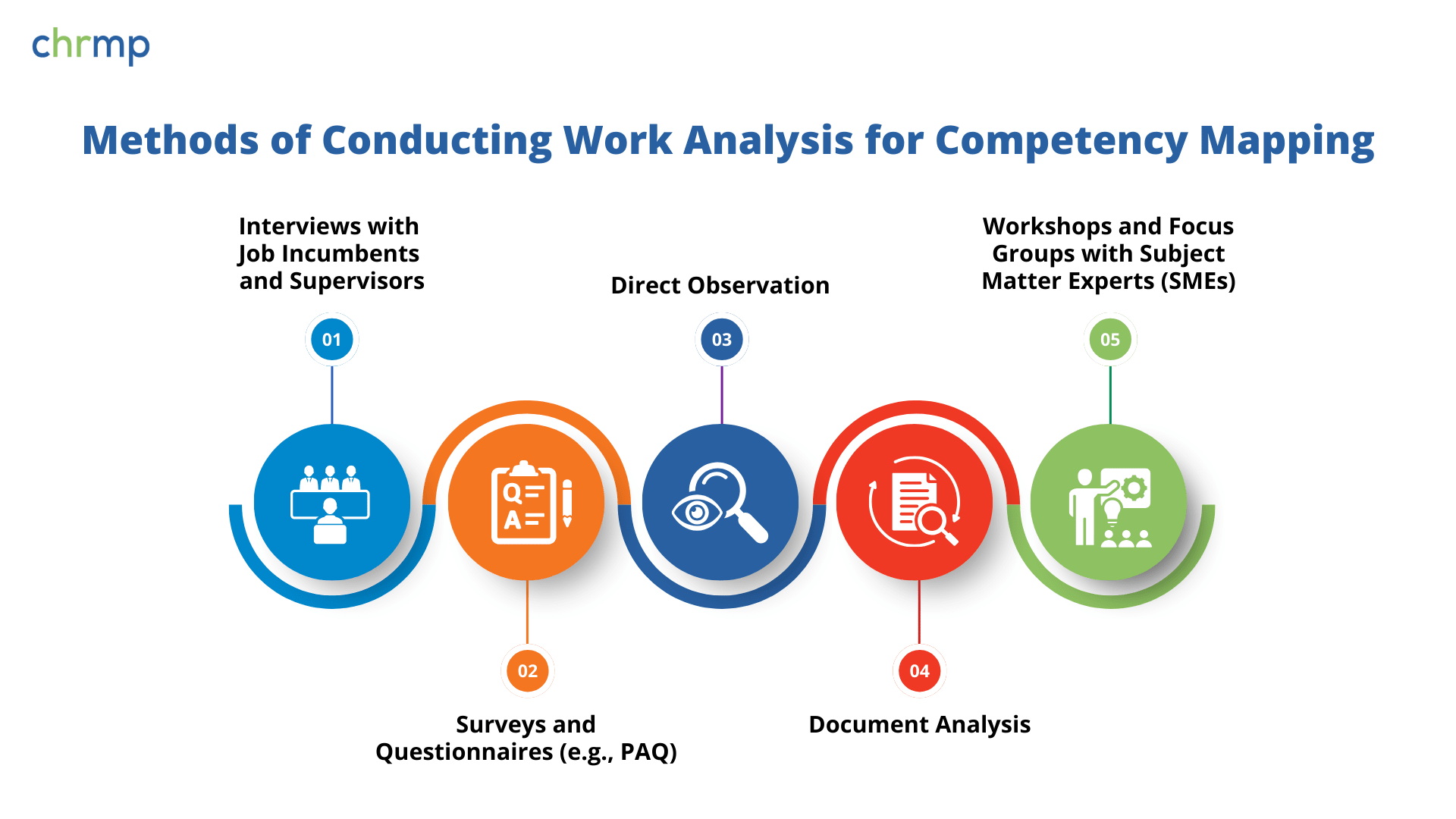
Effective work analysis requires the right set of tools and techniques. There are several work analysis methods that HR professionals can use to gather data about job roles. Below are some of the most commonly used work analysis methods in HR:
Interviews are one of the most effective ways to conduct work analysis.
Consider an HR department working on competency mapping for the role of a Talent Acquisition Specialist. Through interviews with both the current incumbent and their supervisor, HR professionals can gather qualitative insights. The incumbent might describe day-to-day tasks, such as sourcing candidates, reviewing resumes, conducting interviews, and using recruitment software. Supervisors can add a managerial perspective, focusing on strategic alignment (e.g., how recruitment aligns with the company’s diversity goals or overall growth strategy) and the competencies required for those tasks (e.g., decision-making, negotiation skills, and communication).
Interviews reveal personal experiences and challenges, often highlighting specific skills and behaviors needed that might not be immediately obvious in written job descriptions.
Structured surveys and questionnaires are commonly used in job analysis to collect standardized data about roles across an organization. Tools like the Position Analysis Questionnaire (PAQ) can help HR professionals gather consistent and comparable quantitative data from employees in similar roles. This method is particularly useful for collecting data from a large number of employees quickly.
If an organization is conducting work analysis for the role of a Customer Service Representative, they can distribute a PAQ across the team to understand the frequency and importance of various job tasks. The survey might ask questions such as:
By collecting responses from a larger group of employees, HR professionals can determine which competencies are shared across the role and which might be unique to high performers.
Observing employees as they perform their job duties in real-time provides valuable insights into the actual tasks and competencies required for success. HR professionals can use direct observation to assess how employees perform their tasks and identify the skills and behaviors that contribute to effective job performance.
Direct observation involves watching employees perform their job duties in real-time, providing an unfiltered view of their work activities. For example, if you are analyzing the role of a Project Manager, you might sit in on meetings, observe how the project manager communicates with stakeholders, how they prioritize tasks, and how they manage resources.
Existing job descriptions, performance data, and Standard Operating Procedures (SOPs) can offer valuable historical insights into the tasks and competencies associated with a role. Document analysis allows HR professionals to review written materials and compare them to current job requirements to ensure that competency mapping remains accurate and up-to-date.
For instance, reviewing a job description for an Operations Manager might provide a detailed list of job responsibilities, such as overseeing supply chain management, managing team performance, and ensuring compliance with regulatory standards.
Through docment analysis, HR can identify the critical skills needed for the role and evaluate whether the current competency framework aligns with actual job performance.
Engaging Subject Matter Experts (SMEs) in workshops and focus groups can provide a holistic understanding of the competencies required for a role. By involving multiple stakeholders in the analysis process, HR professionals can ensure that the competency framework reflects a consensus of experts who understand the role deeply.
In cases where direct observation or surveys might not provide enough clarity, organizing workshops or focus groups with Subject Matter Experts (SMEs) can be incredibly valuable. Let’s take an example where HR is mapping competencies for a Software Development team. By bringing together a group of senior developers, team leads, and managers, HR can use a workshop setting to engage in discussions that bring out specific technical and soft skills required in the role.
These workshops can allow HR to draw out nuanced insights that come from collective experience. For example, while job descriptions may list technical skills like proficiency in programming languages, SMEs may emphasize the importance of agility in learning new technologies or team collaboration that may not be explicitly listed but are critical to the success of the role.
Let’s apply this to a practical scenario. Imagine you’re developing a competency framework for a Customer Success Manager (CSM) role. The work analysis process would reveal that the role involves a mix of tasks such as:
From these tasks, the resulting competencies might include:
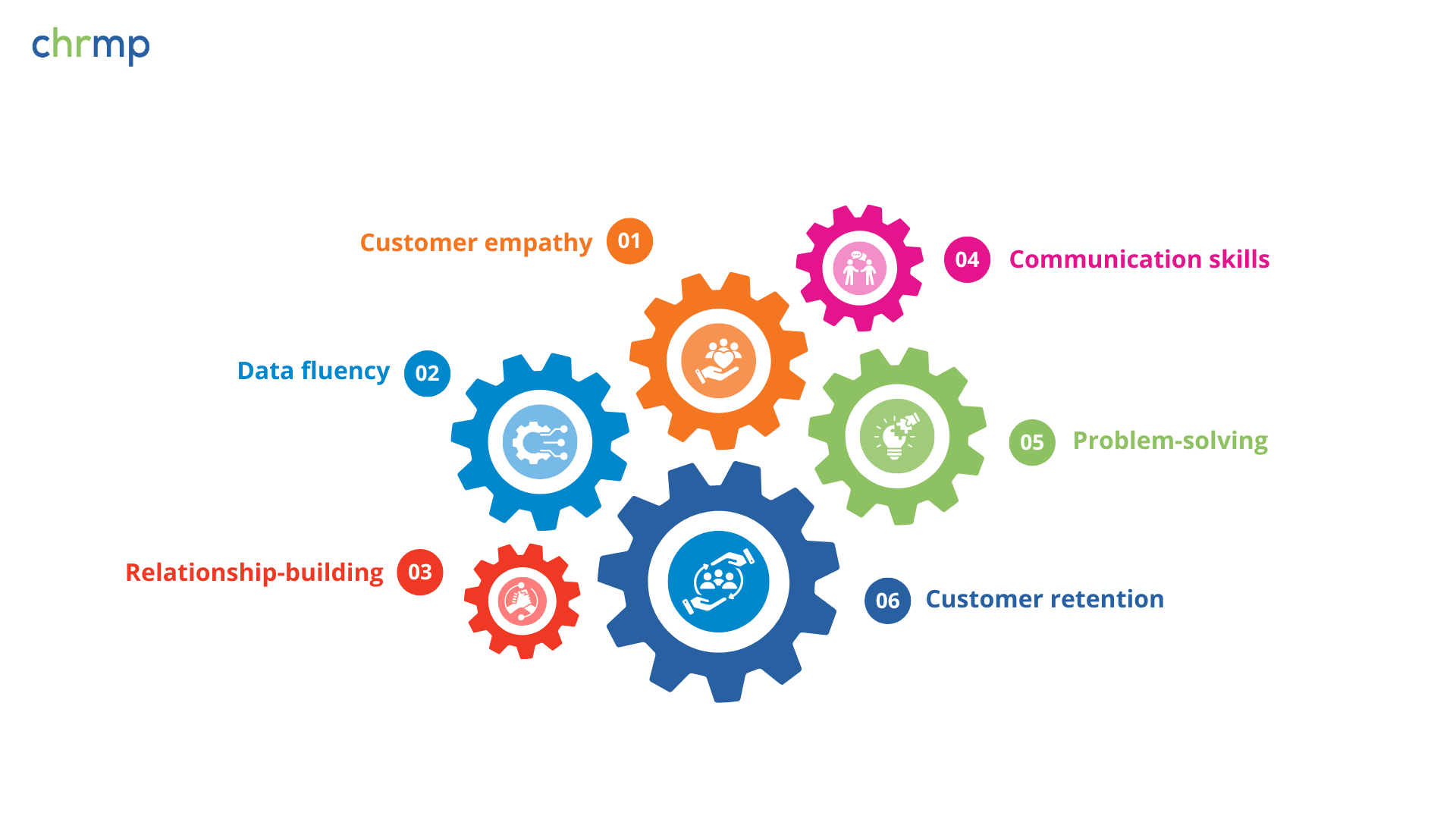
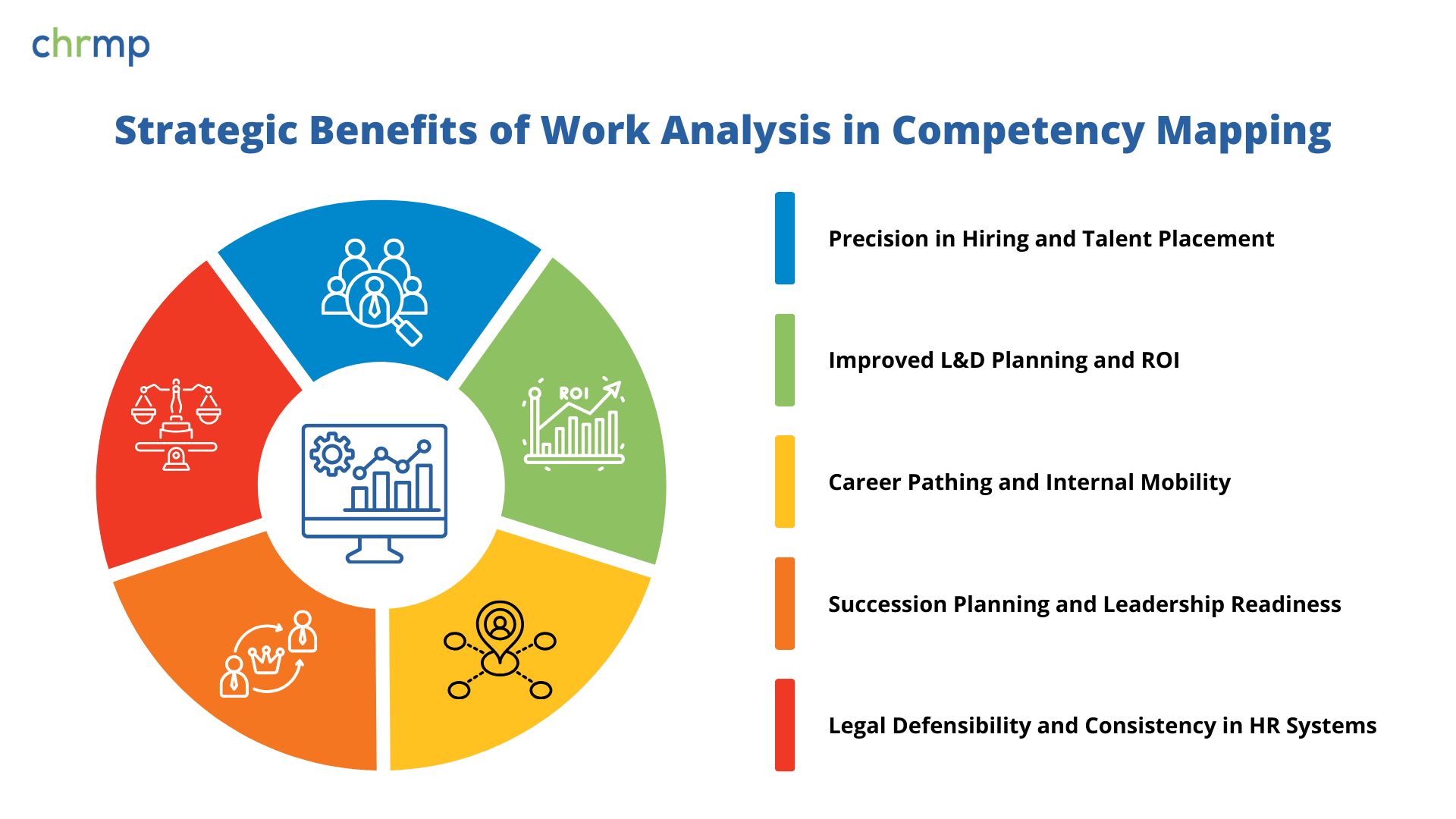
When work analysis serves as the foundation for competency mapping, organizations not only gain insights into the tasks and requirements of a job but also unlock several strategic benefits that drive overall success.
Below, we explore these benefits in detail, along with real-world examples of how they can impact an organization.
With a clear understanding of competencies required for each role, HR teams can make more informed hiring decisions, ensuring that the candidates they bring on board possess the specific skills and abilities needed for the job.
For a Sales Manager role, work analysis might reveal that a successful candidate needs to excel in negotiation, strategic thinking, and relationship-building. By defining these competencies through work analysis, HR can design a more effective recruitment process that includes targeted interview questions, skill assessments, and behavioral evaluations specifically focused on these key competencies.
This approach increases the likelihood of hiring someone who not only fits the role but also aligns with the organization’s long-term business goals.
When competencies are mapped accurately to job roles, it allows organizations to create targeted learning and development (L&D) programs. These programs can be tailored to address specific skill gaps identified during work analysis, ensuring that training efforts are aligned with the competencies needed for optimal performance.
Consider an IT Support Specialist who must be proficient in both technical troubleshooting and customer service. Through work analysis, the competencies required for the role are identified as technical expertise and empathy in communication. With these insights, the organization can design a training program that focuses on improving the specialist’s technical skills and enhancing their ability to communicate effectively with customers.
This targeted approach maximizes L&D ROI, as the training is highly relevant to the needs of the role.
When employees’ competencies are clearly defined through work analysis, it enables organizations to align individuals with roles that match their skills and development potential. This helps organizations foster internal mobility and ensure that employees are placed in roles that will allow them to grow and contribute to the company’s success.
A company conducting work analysis for the Marketing Manager role identifies critical competencies such as strategic thinking, project management, and data analysis. Based on these competencies, HR can assess current employees’ skill sets to identify those who have the potential to move into this role.
By matching internal talent with the right roles, the company can promote from within, offering employees career growth opportunities while ensuring that the right competencies are in place to drive success.
By identifying the competencies necessary for high-level roles through work analysis, organizations can more effectively plan for succession and develop the next generation of leaders. This is critical for ensuring leadership continuity and organizational resilience.
A work analysis of the Executive Leadership Team might highlight competencies such as visionary thinking, change management, and stakeholder engagement as key to success.
With these insights, HR can identify high-potential employees in middle management who already demonstrate these competencies or have the ability to develop them through targeted leadership training. By proactively developing future leaders, the company ensures a smoother transition when leadership positions become vacant.
A clear and structured competency framework, based on rigorous work analysis, enhances an organization’s legal defensibility and ensures consistency in its HR practices. With well-defined competencies guiding hiring, promotions, and performance evaluations, HR decisions are transparent and objective, making it easier to defend those decisions if they are ever challenged.
Consider a company undergoing a performance review for its customer service team. By using a competency framework based on work analysis (e.g., problem-solving, customer empathy, and communication skills), HR can assess employees against these predefined competencies.
If an employee challenges their evaluation, HR can reference the competency framework to show that the review was based on clear, objective criteria, ensuring fairness and consistency in decision-making.
In today’s fast-paced and evolving business environment, competency mapping is not a luxury—it’s a necessity. But the effectiveness of competency mapping is entirely dependent on the clarity with which we understand the roles and jobs that we are mapping to. Work analysis is the critical first step in ensuring that competency frameworks are relevant, accurate, and actionable. It transforms the competency mapping process from a theoretical exercise into a strategic tool that drives organizational success.
Are you ready to build a competency framework that is not just effective, but strategically aligned with your organization’s goals?
CHRMP’s Competency Mapping Certification(embed website link) offers HR professionals the knowledge and tools to master work analysis, competency mapping, and competency-based talent management. Enrolling in this program will not only equip you with the skills to improve your organization’s HR practices, but it will also enhance your career prospects by positioning you as a strategic HR leader.
Start your journey today and take the next step toward advancing your career!

© 2007-2025 CHRMP| All Rights Reserved | Powered by Ripples Learning & Research Private Limited
